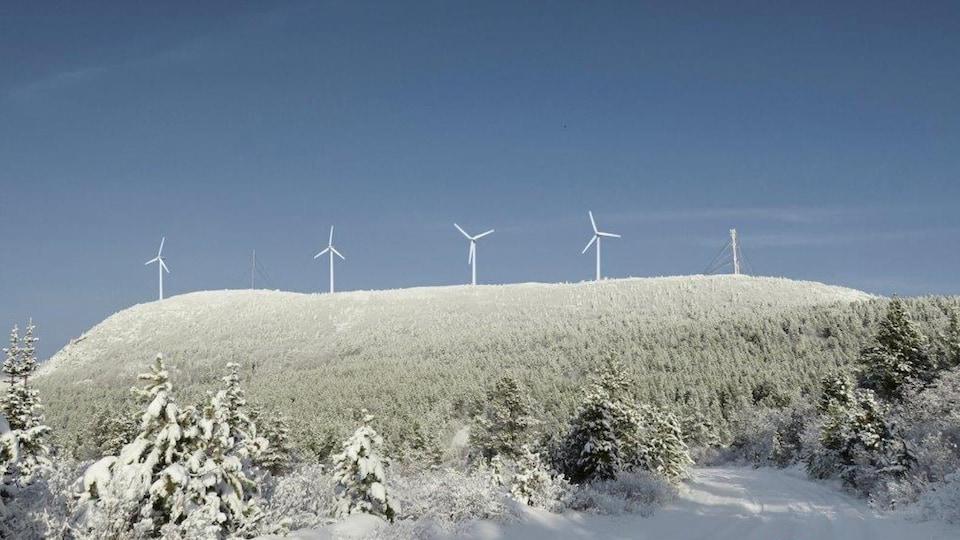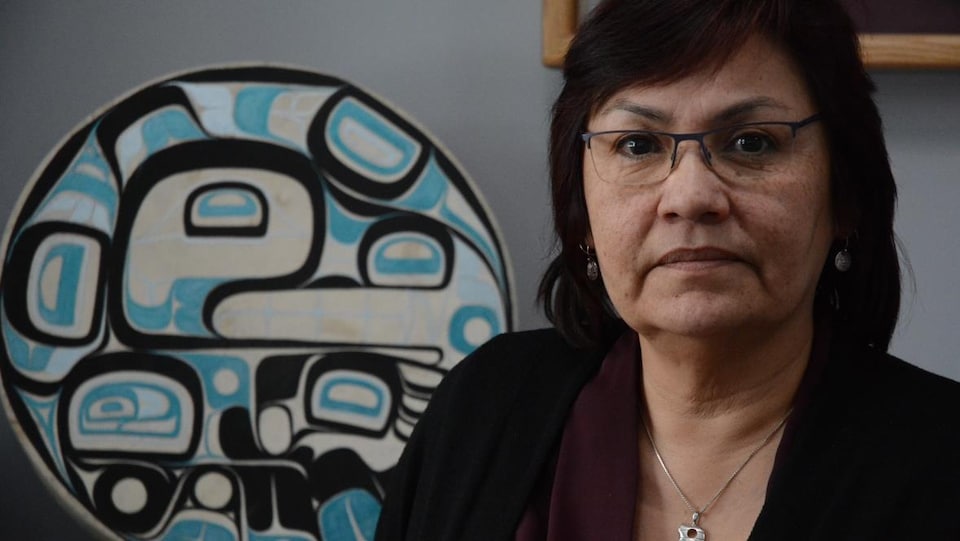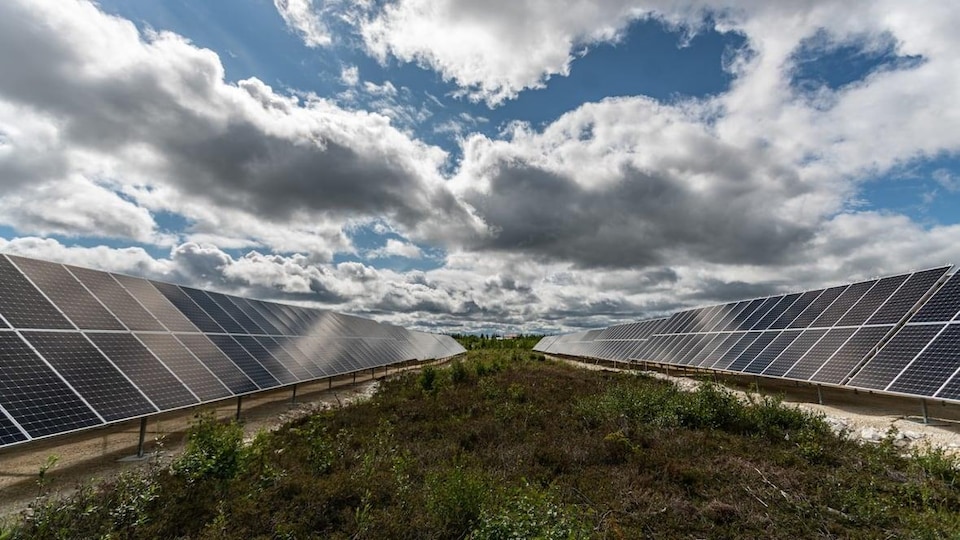The agreement includes an investment of $13 million from the federal government, in addition to funds from the Kwanlin Dün First Nation and the Yukon Development Corporation.
This investment aims to build four wind turbines on the Haeckel hill. According to the developers’ estimates, these will produce enough electricity to power up to 650 homes for 20 years, enough to save 40 million liters of diesel fuel.
The main objective of this project is to be able to produce electricity from the fall of 2023, in order, in particular, to ensure a supply during winter, when hydroelectricity is not sufficient to meet the growing energy needs of the Yukon capital.
Wind turbines designed for the North
These are polar wind turbines. They are taller, with 30% longer blades, from 23 to 30 meters. So they have 70% more surface area to better capture wind energy
explains Michael Muller, of the investment firm Chu Níikwän. This design means that the turbines will turn despite a lower wind.
To be efficient when the Yukon needs power the most, these turbines were designed to withstand the harsh climate, according to Michael Muller.
Unlike the wind turbines of the past, these have a heating system inside the blades themselves which prevents the formation of ice or melts it.
he explains.
It’s gonna be a game changer
he says. Where with older wind turbines it would have taken days for the ice to naturally melt from their blades, we estimate that these will only need a few hours.
When First Nations invest for the planet
Chief Doris Bill is delighted to have secured funding for the wind farm project on Haeckel Hill. It’s something we can all be proud of, I think.
The Whitehorse wind project complements investments in hydroelectricity in Atlin, biomass in Teslin and the Old Crow solar farm, which are among First Nations environmental initiatives.
We are custodians of this land and hold it in trust,
believes Doris Bill. This is the land of our ancestors, and there is a movement across the world towards more green energy.
This Kwanlin Dün First Nation achievement will be the first First Nation wind farm to be connected to the power grid in the north of the country. Doris Bill recalls that it was made possible thanks to the collaboration between the different levels of government.
Through its status as the largest landowner in the Whitehorse area, the Kwanlin Dün First Nation has become a key partner for governments on many issues.
We knew it would come to this
says Doris Bill, adding that it is by creating partnerships like this that projects can succeed, particularly because of the high cost of development in the North.
” First Nations are leading the way in many areas, and I want the environment to be one of them. »
In Old Crow, the community has successfully moved away from decades of reliance on diesel generators with the creation of a solar farm.
Even though a solar farm is silent and has brought calm and silence to our village, its voice carries across North America and around the world.
says Dana Tizya-Tramm, Chief of the Vuntut Gwitchin First Nation of Old Crow.
Since its completion, the solar farm has aroused interest. According to the Chief of the First Nation, many communities and indigenous peoples in North America are learning about the viability and profitability of these projects and the socio-economic progress that results from them.
He explains that in the case of Old Crow, in addition to the abandonment of diesel generators, $400,000 a year is flowing back into the coffers of the community thanks to the agreement on the purchase of its energy, funds that can be reinvested in the community.
This work can power more than just the power grid, it can empower communities
notes Dana Tizya-Tramm.
Beyond the environmental aspect, he sees, in carrying out a project like this, a source of energy independence and self-determination.

Reference-ici.radio-canada.ca


